One year on from Storm Arwen, which caused massive damage to farms and rural businesses in Scotland and the north of England, farmers are being urged to be as prepared as possible in the event of a repeat.
While many farm buildings and equipment will be subject to insurance against storm damage, there are still some practical measures farmers can take to ensure claims are met as intended, according to independent insurance broker Stuart Torrance.
“The level of storm damage that occurs to buildings can grow exponentially when they are poorly maintained, simply because their structural integrity is already compromised when the storm hits,” said Mr Torrance.
His business, H&H Insurance Brokers, handled 130 storm-related claims, with a combined value of more than £1 million, at the end of November last year.
“Depending on the severity of the storm, insurers can, and sometimes do, dispute whether damage to buildings has been caused by the storm. And, in some cases, can question if the storm was the primary cause of damage.
🌧☂ It's one year today since devastation was caused by Storm Arwen – we are urging businesses and homeowners to act now to prepare for storms this winter.
A million homes lost power and 000's of trees were uprooted, with severe winds of almost 100 mph. https://t.co/u8wpyTqnMQ pic.twitter.com/pOUjXCFrJ1— H&H Insurance Brokers (@H_Hinsurance) November 25, 2022
“This is especially true when there is evidence of an underlying lack of maintenance.
“This can lead to insurers either refusing a claim on these grounds or potentially only offering a contribution towards the damage if they believe a proportion of the damage was due to the storm itself.
Make sure insurance valuation is up to date
“Our advice to insurers is always to make farmers aware of their responsibilities, such as maintaining their buildings, which is paramount ahead of storms. It really is all about being prepared, by making sure that buildings are in as robust a condition as possible when the storms do arrive.”
Another self-help step is to make sure the insurance valuation of at-risk buildings is kept up to date.
“This is even more critical now, due to the rapidly rising cost of raw materials such as wood, steel, and other items,” said Mr Torrance.
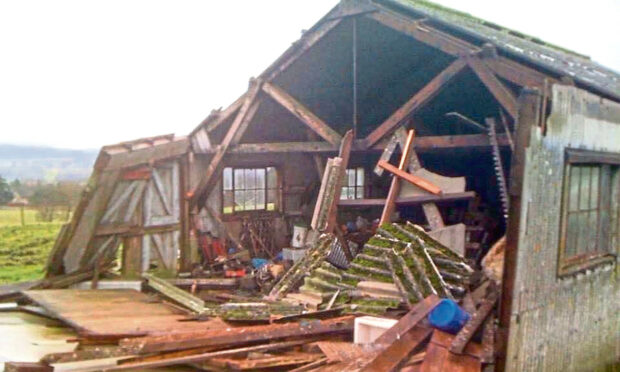
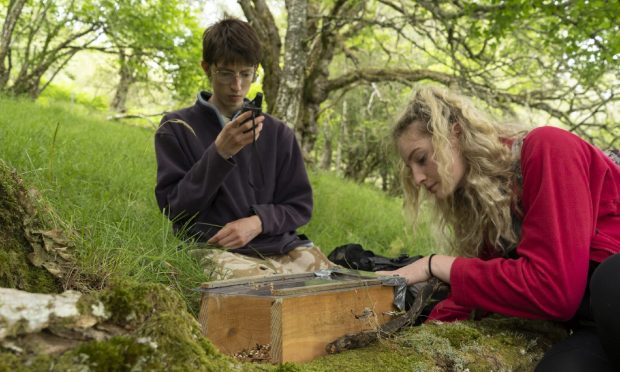
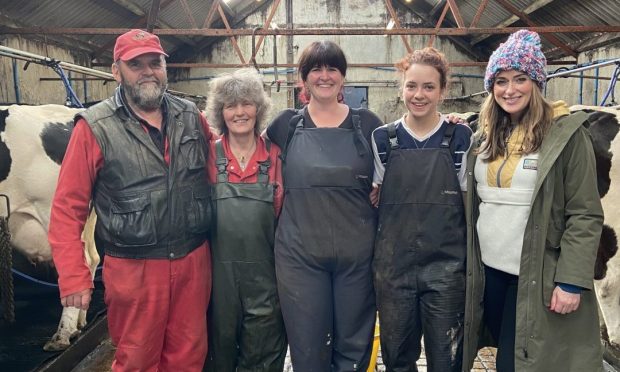
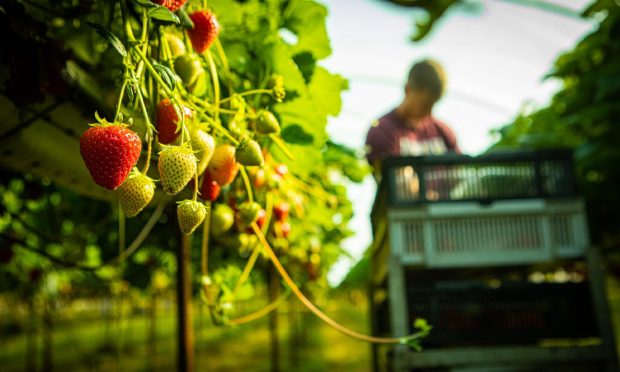



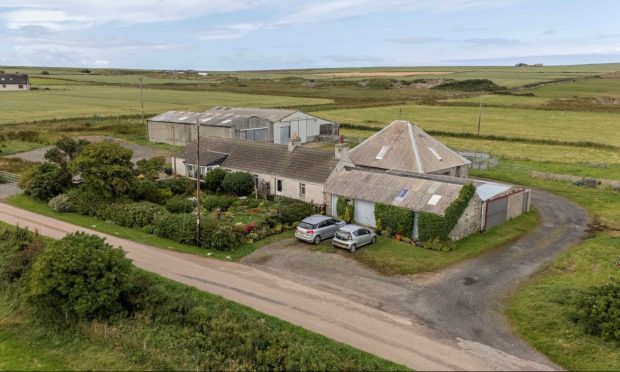
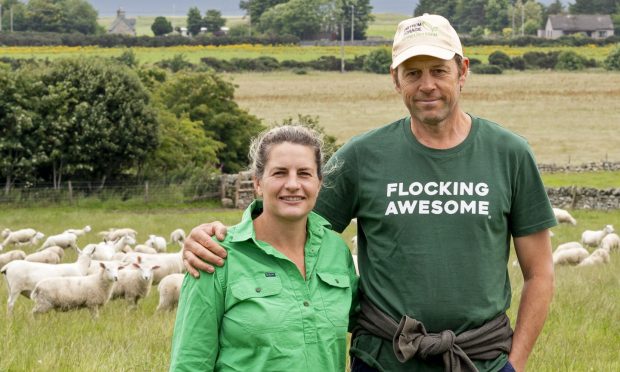
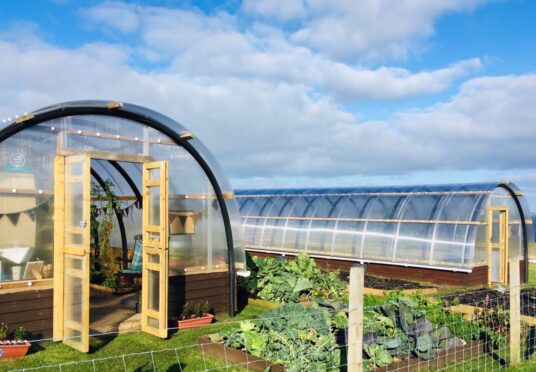

Conversation